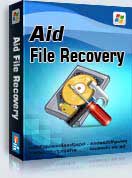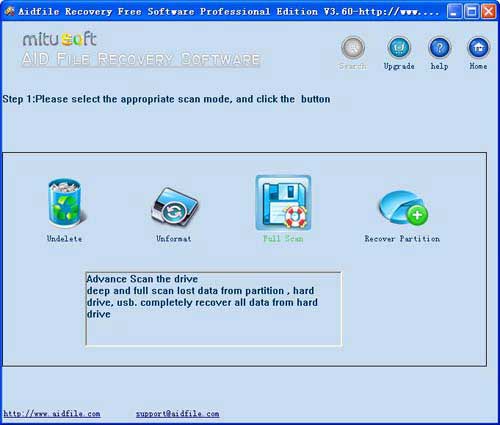4 TB Seagate HDD not showing in Disk Management repair fix data recovery tool to recover data from 4 TB Seagate HDD not showing in Disk Management in Computer.
Use "unformat" to recover data from 4 TB Seagate HDD not showing in Disk Management after reformatting, quick format,full format,accidentally formatted,reformatting,High-level formatting,Low-level formatting.
Use "recover partition" to recover data from 4 TB Seagate HDD not showing in Disk Management partition corrupted,lost ,changed ,damaged.
Use "undelete" to recover deleted files from 4 TB Seagate HDD not showing in Disk Management after Virus attack,Recycle bin clear,disk cleanup,Press shift del by mistake,permanently empty recycle bin,shift delete ,accidentally deleted by a mistake.
Use "Full Scan" to recover data from 4 TB Seagate HDD not showing in Disk Management which can not be found with "undelete" and "unformat" and "recover partition",after showing an error,display as raw file system,unformatted,unknown partition,unpartitioned,needs to be formatted,or the file system is not exfat,not fat32,not ntfs.
4 TB Seagate HDD not showing in Disk Management: I just purchased a Seagate 4TB internal HDD today. I got home, plugged it into my tower, booted up and was slightly puzzled to see that it wasn't there. (EDIT: In "This PC") Not a problem I thought, I'll just go into Disk Management, it probably needs initializing. So I loaded up Disk Management. My 200 GB (seagate) system drive shows up, my 1TB (WD) storage drive shows up (and its partition)... And then a mystery "Disk 2". I figure, this has got to the 4 TB Seagate. It says it's not initialized. Worryingly, it also states that the drive is only 128 GB. Odd! So I went ahead and initialized the drive. It asked be, MBR or GPT. I thought well, lets just hit it with MBR. (I recall reading somewhere, in hindsight, that MBR is cannot handle a data size, over 2 TB or so? Either way, I don't think it has anything to do with the problem). After a few seconds a message popped up, saying something along the lines of "The request could not be performed because of an I/O device error". So I tried again, initialize, picked GPT, same thing again. So I pottered about online, tried to find a solution to this. Restarted the computer, just to see if I could see it in the BIOS, and sure enough I could see three drives, one with UEFI over the top which I take it must be my system drive, and the other two being the WD and the 4TB Segate. So I booted back into Windows, still nothing, opened up Disk Management... And it's gone. It's not there any more, the mystery 128 GB Disk 2. I booted back into my BIOS, disconnected the 1 TB WD so it was just the system disk and the new 4TB HDD, and the BIOS only shows one disk, the system disk. Where did it go?! I'm a bit fuzzy on my exact MoBo, I think it's a Gigabyte GA-Z77-D3H.. I think. Like 99% positive. I'm using Windows 8.1 64-bit, Intel i5-3570. Can someone please dig me out of this low-storage-capacity hell?
Aidfile Recovery Software Keyfeature
support FAT32 EXFAT NTFS and RAW file system
support Win32 (32 bits) and Win64 (64 bits)
Support Windows 11 & Windows 10, Windows XP, Windows 7, Windows 8, Windows 8.1,Windows Vista, Windows 2003, 2008, 2012.
Desktop & laptops Ultrabook:HP Pavilion,HP Compa,Alienware Alpha,Lenovo ThinkCentre,Lenovo IdeaCentre,Dell Inspiron,Dell XPS,Sony VAIO,Acer Aspire,Asus Transformer,Dell Latitude,Samsung Ativ Book,Asus VivoBook,HP Envy,Lenovo IBM ThinkPad,Lenovo IdeaPad Yoga,Microsoft Surface,Toshiba Satellite
MS Office document (Word, Excel, PowerPoint, Outlook) types (doc, docx, ppt, pptx, xls, xlsx, pst, etc.),photos (JPG, PNG, ICON, TIF, BMP, RAF, CR2, etc.), videos and audios (MPG, MP4, MP3, MTS, M2TS, 3GP, AVI, MOV, RM, RMVB, etc.), compressed files (rar, zip, etc.), PE files (exe, dll, lib, etc.) and so on.

